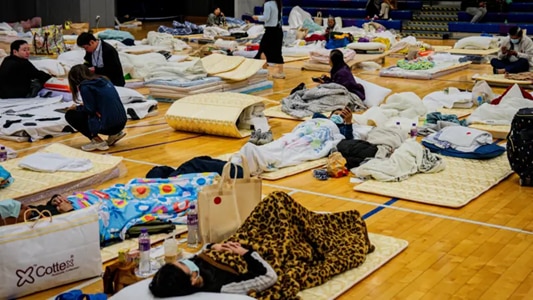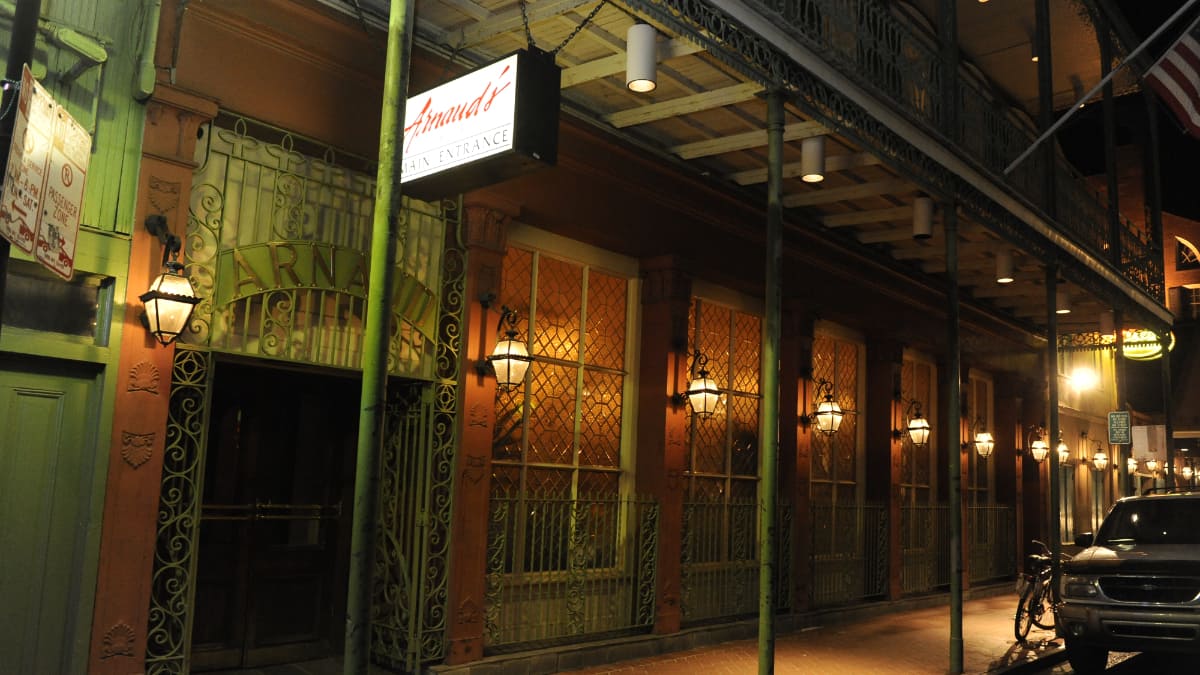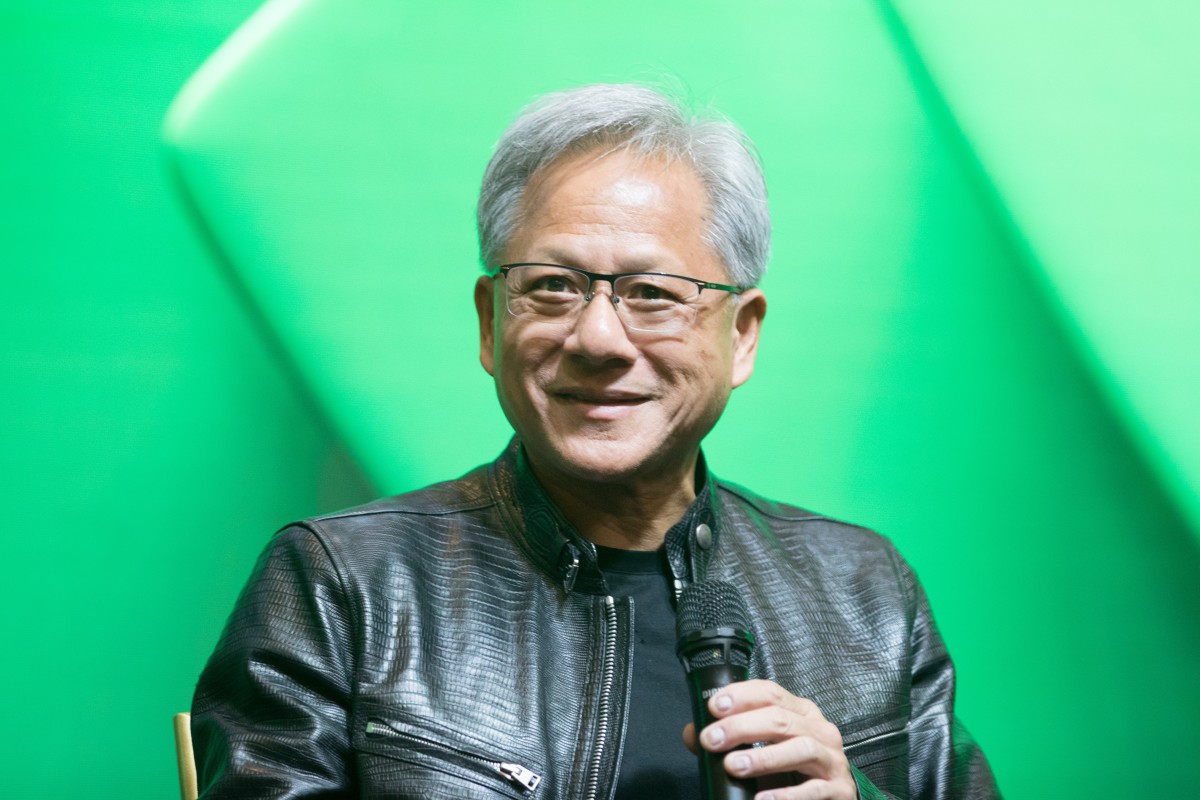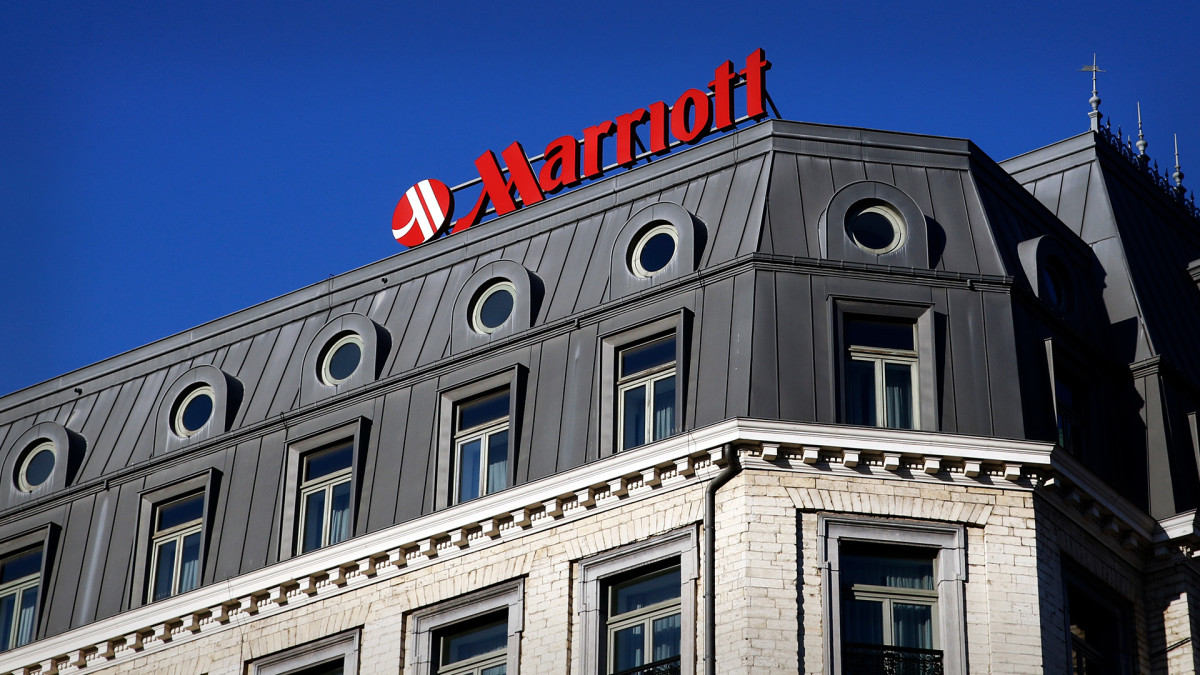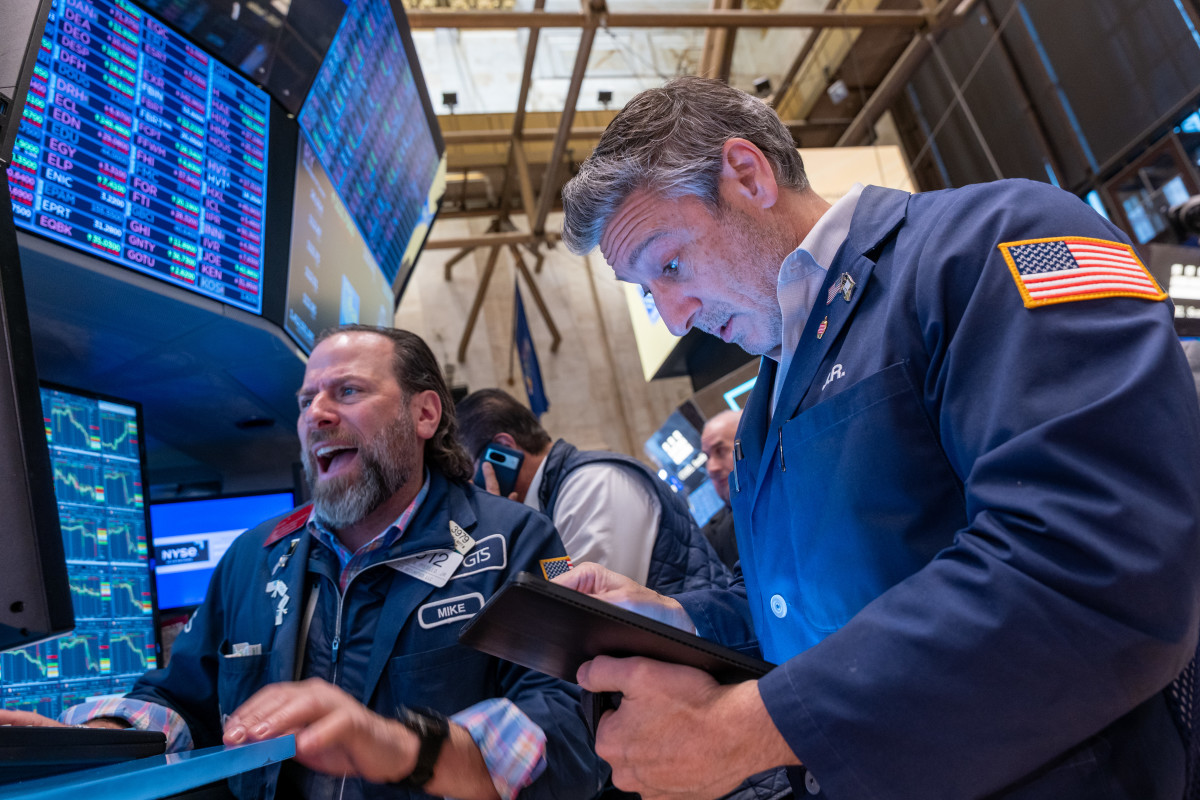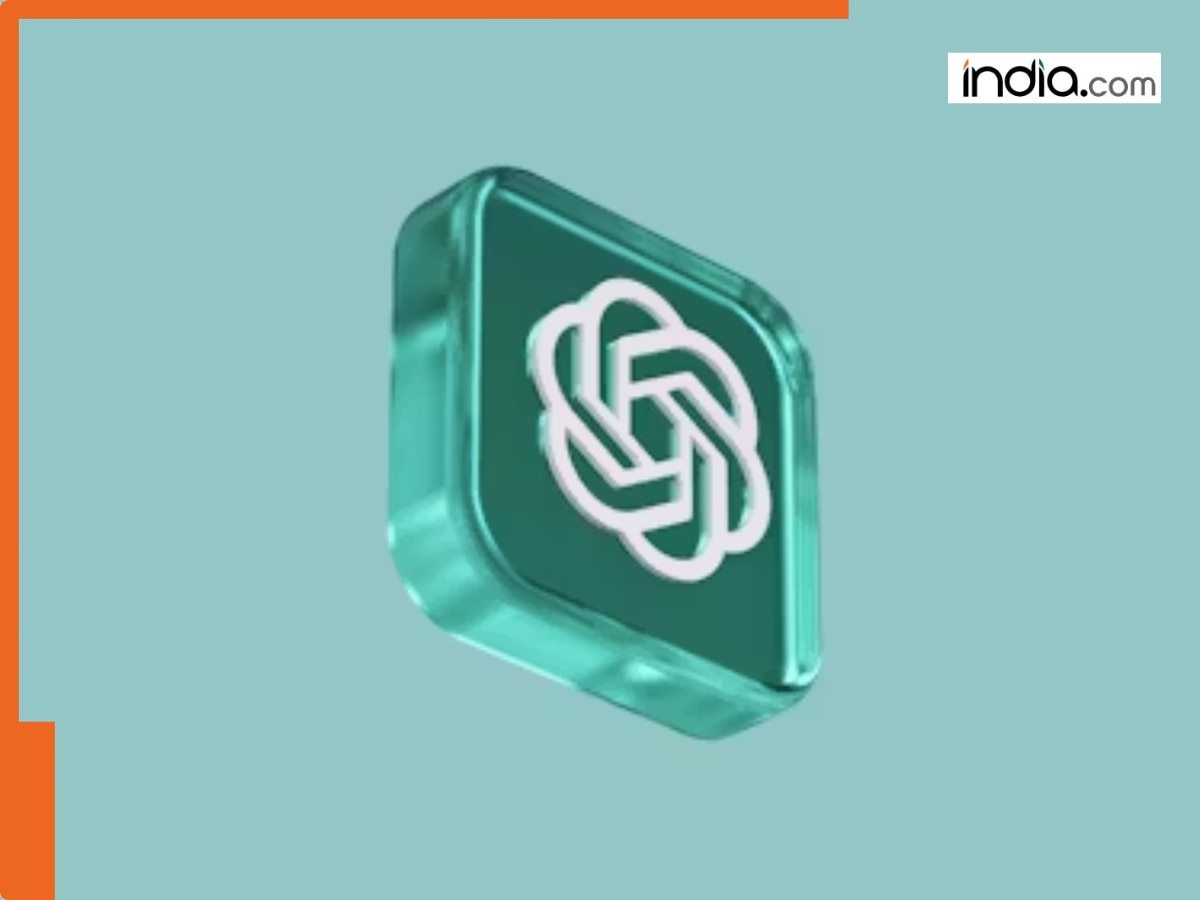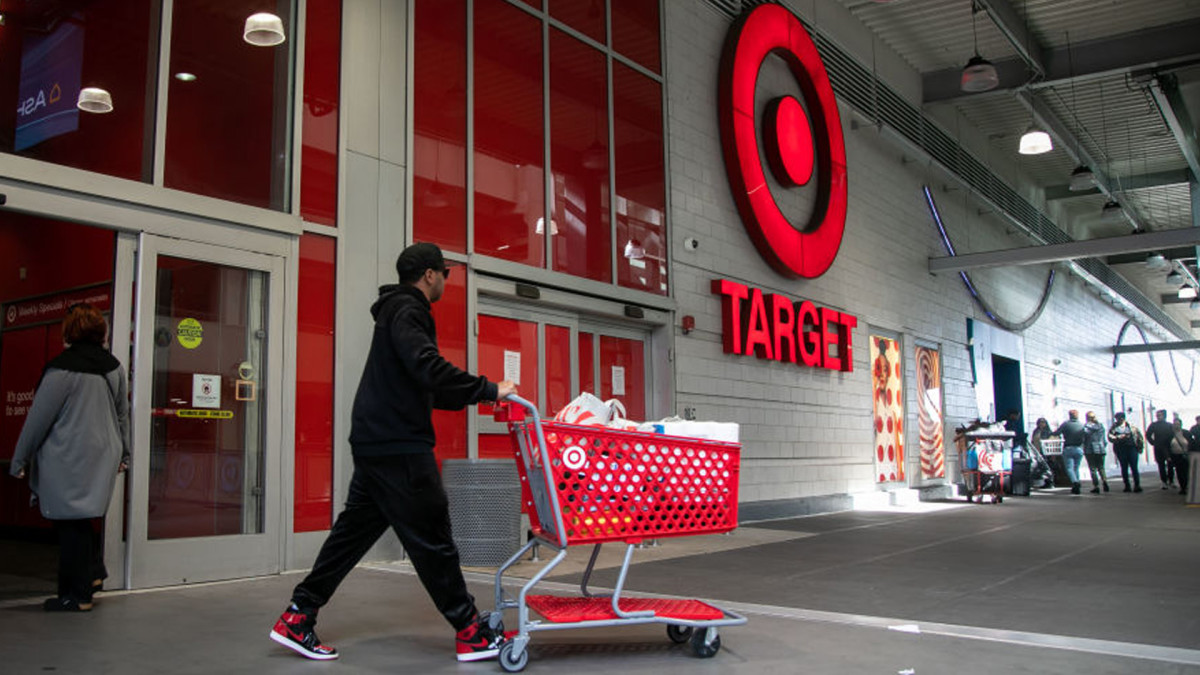Elon Musk has exciting update for Robotaxi fans
Car deliveries define Tesla's present, but the forward-looking company sees Robotaxi as its clear future. Tesla permabulls, such as Cathie Wood, see Robotaxi as a multi-trillion-dollar opportunity, and investors agree. For CEO Elon Musk to receive his full $1 trillion pay package, the company would ...

Car deliveries define Tesla's present, but the forward-looking company sees Robotaxi as its clear future.
Tesla permabulls, such as Cathie Wood, see Robotaxi as a multi-trillion-dollar opportunity, and investors agree. For CEO Elon Musk to receive his full $1 trillion pay package, the company would need to have 1 million Robotaxis in commercial operation in 10 years.
Tesla compensation performance benchmarks for CEO Elon Musk
- 20 million Tesla vehicles delivered
- 10 million active FSD subscriptions
- 1 million Optimus robots delivered
- 1 million Robotaxis in commercial operation
- $400 billion of Adjusted EBITDA over four separate quarters
“Our target in five years is $2,600, and our confidence in that number has gone up now that Tesla is commercializing Robotaxis,” Wood said.
Tesla shares are trading in the $421 range, so Wood thinks Robotaxis could multiply the company’s trillion-dollar valuation by 6x. Photo by Bloomberg on Getty Images
The public may not be ready for autonomous driving
There are over 6 million car accidents in the U.S. each year, and between 40,000 and 42,500 per year are fatal, according to the National Highway Traffic Administration.
Autonomous vehicles are supposed to make driving safer, but according to recent surveys, the majority of Americans are not very fond of autonomous 4,000-pound vehicles ambling down their streets.
Related: Amazon's Zoox makes a move on Tesla Robotaxi territory
“Consumers are skeptical of the full self-driving (FSD) technology that undergirds the robotaxi proposition, with 60% considering Tesla’s full self-driving ‘unsafe,’ 77% unwilling to utilize full self-driving technology, and a substantial share (48%) believing full self-driving should be illegal,” according to the May 2025 edition of the Electric Vehicle Intelligence Report (EVIR).
But Robotaxis are coming to a city street near you, whether you like it or not.
After years of delays, Tesla finally launched Robotaxi in Austin this summer. While the autonomous vehicle is only available with a human safety monitor in the front passenger seat, the vehicle offers a glimpse into the future.
This week, Elon Musk announced a development that will make it easier to hail a Robotaxi.
Tesla CEO Elon Musk says Robotaxi fleet to double in December
Tesla launched Robotaxi in Austin in late June, nearly a decade after Elon Musk first mentioned the term "robotaxi" in 2016.
During the first weekend, only invited guests who passed a checklist of requirements were allowed to test out the new autonomous taxis.
Tesla had fewer than a dozen Robotaxis active in the city at launch, but in the ensuing weeks, it has reportedly increased that number to a total of 29, according to the Tesla Robotaxi Tracker.
This week, Musk gave an update on the company's expansion plans.
"The Tesla Robotaxi fleet in Austin should roughly double next month," Musk tweeted in response to a Robotaxi fan saying that the service is unusable due to long wait times.
While the added fleet is encouraging, it likely won't significantly reduce wait times that often exceed 40 minutes, according to Electrek.
Elon Musk has lofty goals for Robotaxi
Last week, Tesla got some good news when Arizona granted a permit for Tesla to operate a ride-hailing service in the state.
With the approval, Tesla Robotaxi can now operate in Austin and Arizona. Tesla hasn't applied for an autonomous driving permit in California, but it still operates as a ride-hailing service. All three jurisdictions require a human safety operator to be present. San Francisco requires that a person be in the driver’s seat, while Austin does not.
Related: Waymo pulls ahead of Tesla Robotaxi, Amazon Zoox with latest move
While that development and the increased fleet in Austin allow Tesla to claw closer to its ultimate AV goals, it isn't the explosive growth that Musk and the company has promised in the past.
Musk was riding high off the Austin debut of the Robotaxi when he made a bold statement during the company’s second-quarter earnings call weeks later in July.
“I think we will probably have autonomous ride-hailing in probably half the population of the U.S. by the end of the year,” Musk said during the opening remarks of the call. “Assuming we have regulatory approvals, it’s probably addressing half the population of the U.S. by the end of the year.”
By the third-quarter call in October, Musk had struck a much more sober tone. He preached being “cautious about the deployment,” saying that the company’s goal now was to be “actually paranoid about deployment” because, as he put it, “even one accident will be front-page headline news worldwide.”
Still, ever the optimist, Musk said Tesla expected to be operating Robotaxi in “I think, about eight to ten metro areas by the end of the year.” However, he did add the caveat that the prediction is reliant on regulatory approval.
At the same time, Alphabet-owned Waymo, its largest AV rival, has a fleet that dwarfs what Tesla offers. Photo by Justin Sullivan on Getty Images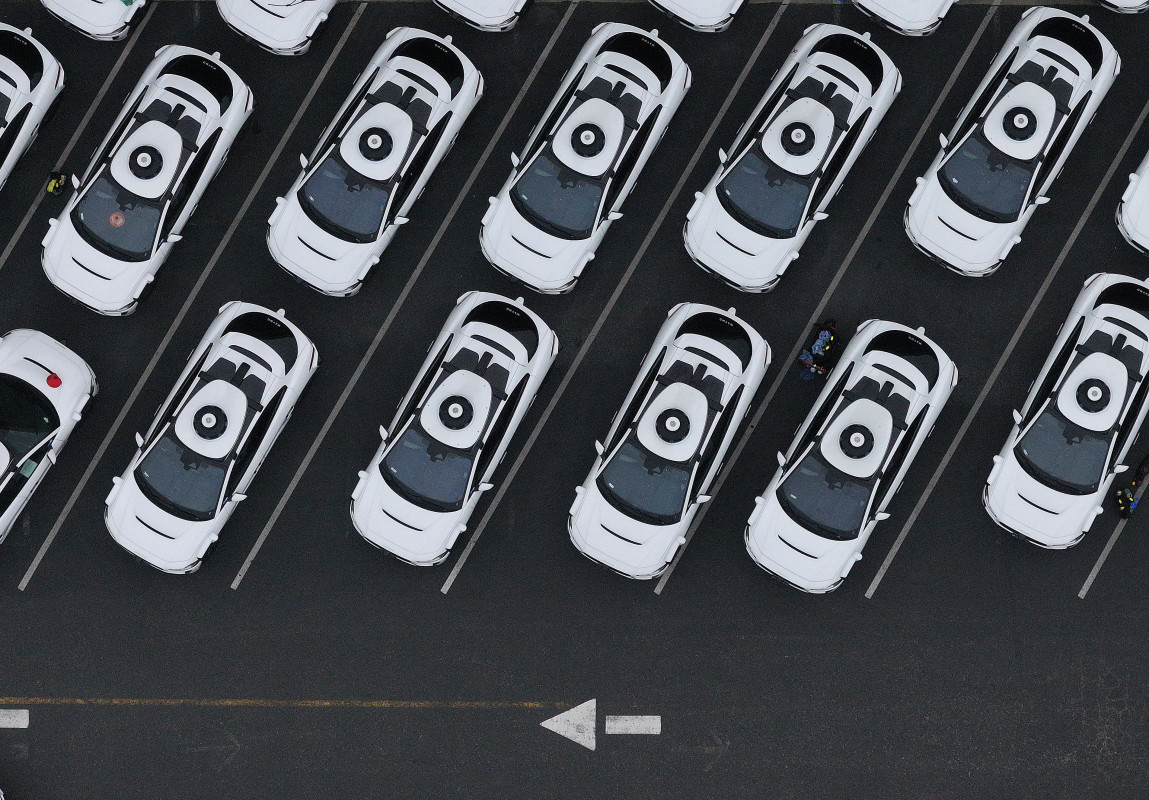
Waymo is the leading autonomous vehicle ride-hailing provider
Earlier this month, Waymo announced that its fleet had reached 2,500 active vehicles, fulfilling a promise it had made for 2026 ahead of schedule.
Musk derisivelycalled the announcement "rookie numbers," despite Waymo's clear lead over Tesla.
Waymo quick facts:
- Founded in 2009.
- Passed the first U.S. state self-driving test in Las Vegas, Nevada, in 2012.
Source: IEEE Spectrum - Spun out from Alphabet as a separate subsidiary in 2016.
- As of July 2025, Google indicates that Waymo One is available 24/7 to customers in Los Angeles, Phoenix, and the San Francisco Bay Area.
Robotaxis are simply Tesla Model Ys running with Hardware 4, so technically, there are potentially millions of Robotaxis already on the road. But more accurately, there are fewer than 200 between the two areas in which Robotaxi currently operates.
Waymo One users register over a quarter of a million paid weekly trips across Phoenix, San Francisco, Los Angeles, and Austin, with plans to expand to Atlanta, Miami, and Washington, D.C., in 2026.
Waymo also said it planned to more than double its fleet of 1,500 vehicles with more than 2,000 additions by the end of 2026.
It recently also announced plans to expand operations to Minneapolis, Tampa, and New Orleans as it ramps up its reach in the U.S.
Waymo began operating fully autonomous vehicles in Miami on Nov. 18 and said it will begin operations in Dallas, Houston, San Antonio, and Orlando “over the coming weeks, ahead of opening our doors to riders next year.”
Related: Tesla gets an answer for its FSD ambitions in Europe
What's Your Reaction?







